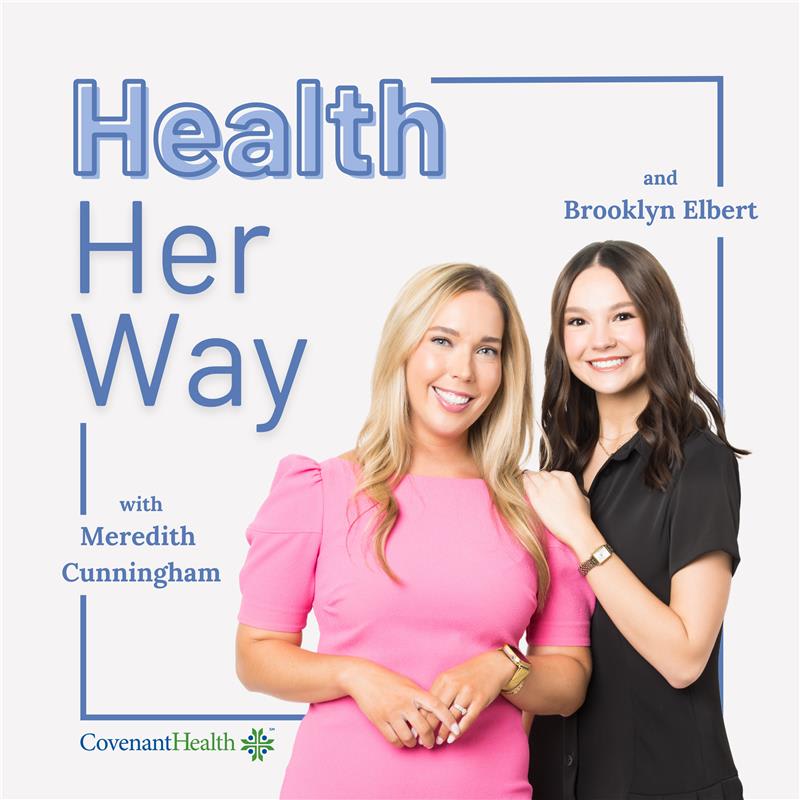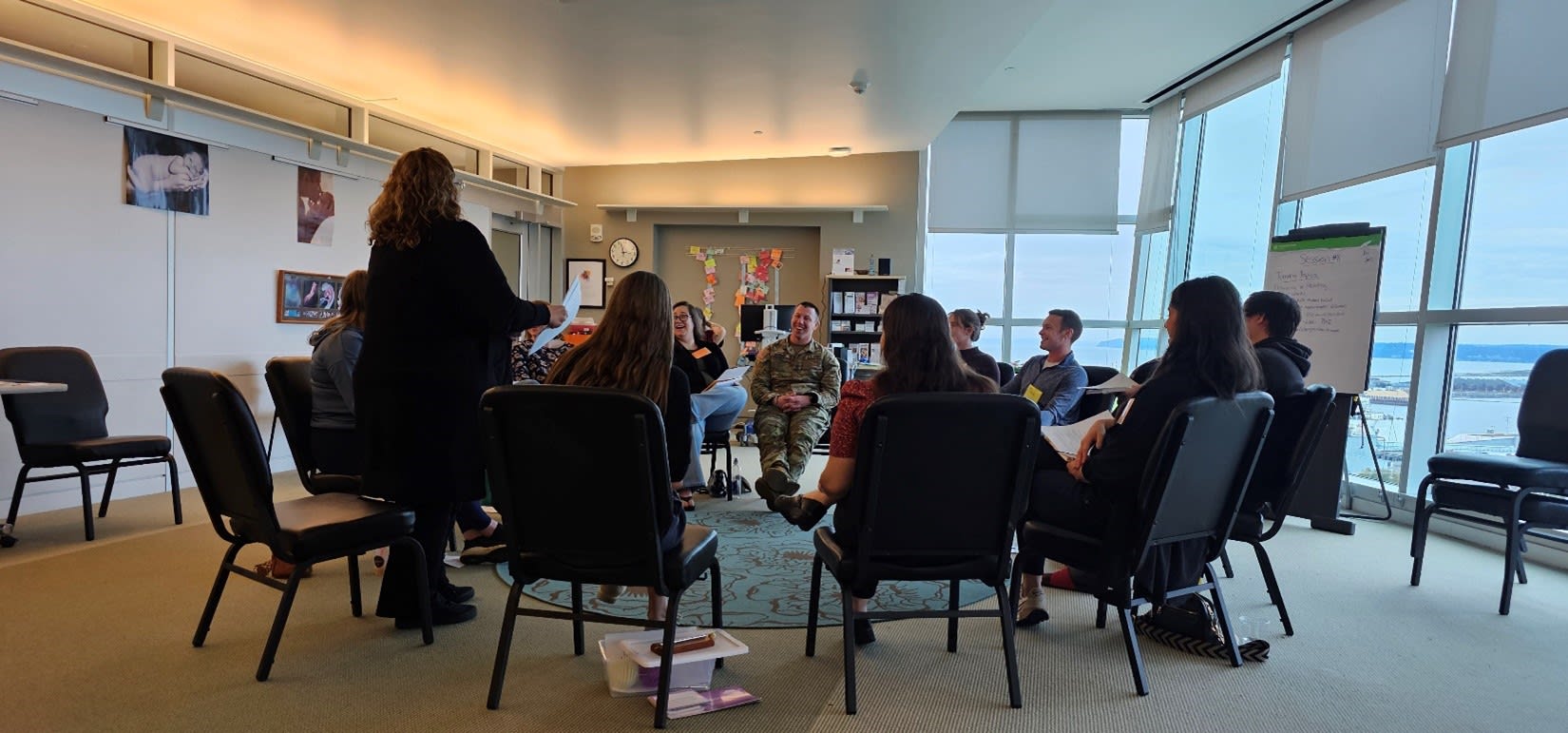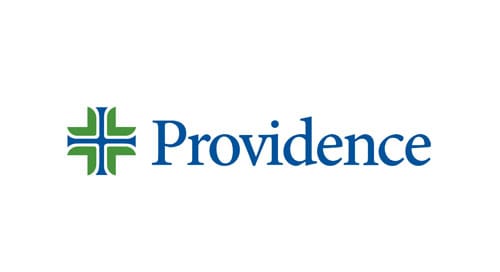A journey of hope: Mother and daughter overcome congenital heart defects
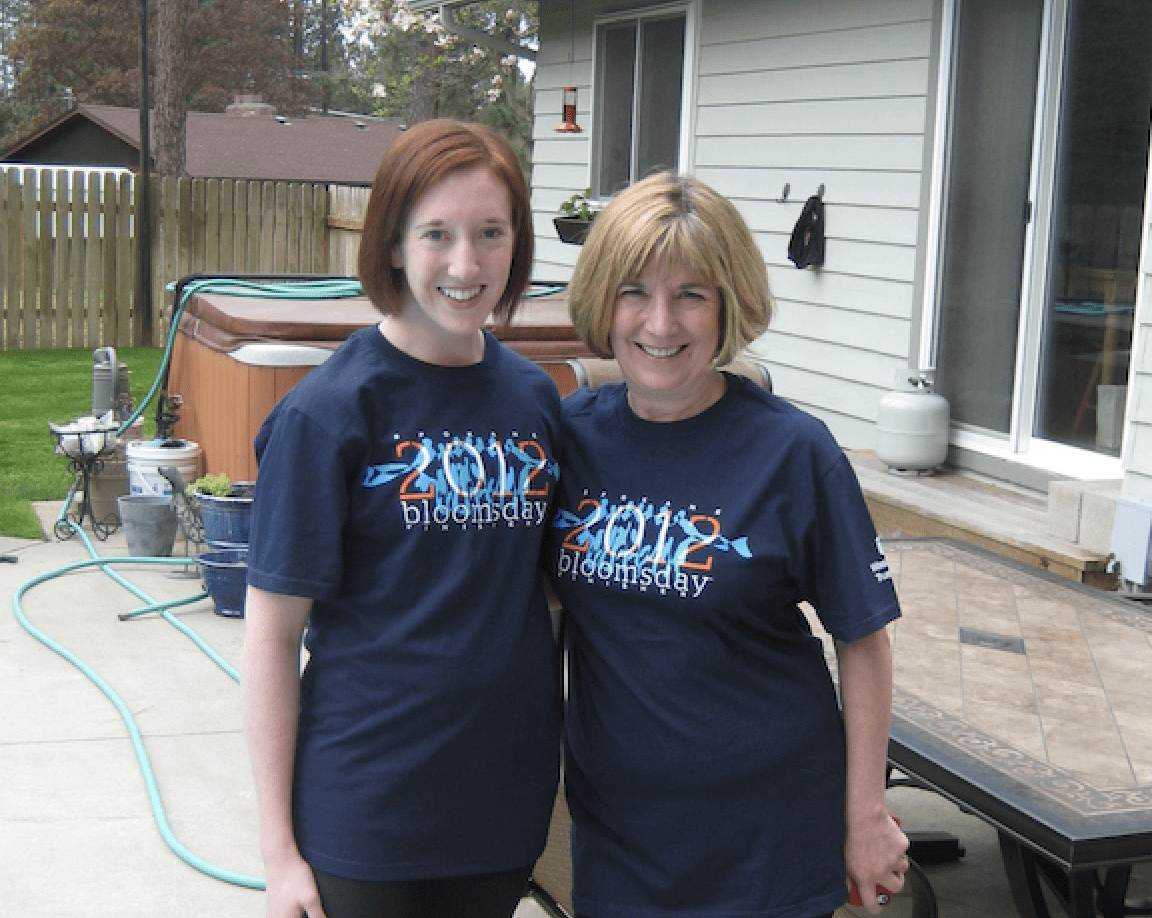
[4 MIN READ]
In this article:
- Mary and Christine, who are mother and daughter, have the same heart defect.
- Advances in treatment, however, have resulted in much different outcomes for them.
- Thanks to support from Providence medical teams, both women have led fulfilling lives despite their congenital heart defects.
A journey of hope: Mother and daughter overcome congenital heart defects
Mary and Christine Everson have the same congenital heart defect and received treatment 30 years apart. Life-saving and innovative treatment options have allowed them to overcome serious health barriers to live the lives they want.
When Mary was born in 1953, she was diagnosed with tetralogy of Fallot, a congenital heart defect. She was a very sick and weak baby. At three years old, she was one of the first 50 patients to receive open heart surgery in the U.S. for this condition. It was 1956, and doctors were still learning about how to treat congenital heart patients. They did not expect her to survive the surgery, but she did and took her first steps a few weeks later.
“I can’t say doctors gave me hope growing up,” Mary said. “They never talked about my future, probably because they didn’t know what it would be like.”
For her entire childhood, Mary was required to limit physical activity. She never participated in her P.E. class. Her physical activity was even monitored at recess, where she was unable to play like the other kids did.
“My family would go boating and fishing and swimming and I just sat in the boat and waved the flag,” Mary said. She still gets emotional talking about the limitations she experienced in her childhood.
Everything changed when Mary became a patient at Providence. She was able to finally experience an active lifestyle in adulthood—hiking, swimming, even completing a road race. Doctors performed a cardiac catheterization, a procedure to determine her ability to safely carry children. Doctors determined that with close monitoring Mary’s heart could handle pregnancy, and she joyfully became the mother of two children.
Daughter diagnosed with the same heart defect
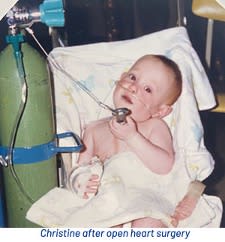
Doctors told Mary there was a 25% chance her children could have the same heart condition she has. Her oldest son was born without complications, but when her daughter Christine was born in 1985, she was diagnosed with tetralogy of Fallot.
“The minute she was born they said she had a murmur, and I knew,” Mary said. “I felt pretty optimistic because the technology and medicine had improved. I always knew she would be okay.”
Doctors had planned to wait until Christine was two years old to perform open heart surgery. Unfortunately, Christine needed treatment much earlier and underwent emergency surgery at just 11 months. She spent her childhood getting regular checkups at Providence. Thanks to medical advancements, Christine was still able to experience an active childhood. Her doctors knew with the annual checkups that she could mostly live like any other kid. “My only complaint was that I only got to watch 45 minutes of Little Mermaid during my Echo appointments,” Christine said, of her frequent visits. “It was never scary. It was colorful, bright and caregivers were so nice.”
Growing up, Christine participated in gymnastics, cheerleading, volleyball and baton twirling. “I could keep up with other girls in strength and flexibility, but in endurance, I would get more tired. I didn’t feel limited, I just felt that discrepancy between what my body could do.”
During her freshman year in high school, Christine started to have heart complications that compromised her ability to complete the activities she loved. Doctors tried to monitor her issues to avoid another invasive surgery.
“It was hard,” remembered her mom, Mary. “Her sophomore year, we had 56 blood tests to try and figure out what was going on. I felt guilty that I was okay and she wasn’t.”
At 19 years old, Christine got a pacemaker, which helped return her quality of life. She went on to get her bachelor’s and master’s degrees in teaching.
There are many doctors at Providence who care for and collaborate on treatment plans for both Christine and Mary. “More than hope, the team provided humanity in every conversation,” Christine said. “Even the hard conversations. They wanted to help me have the life I wanted.”
One more procedure — this time for a new heart valve
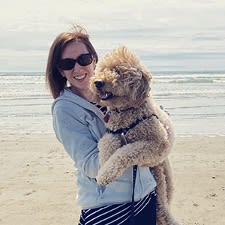
In her early 30s, Christine’s expert medical team discovered she needed another procedure to replace a valve in her heart. Her caregivers worked with her to ensure she could have it done over the summer and return to the classroom to continue teaching in the fall. Today, Christine and her mom are doing well and thankful for the care they’ve received over the years at Providence.
Find a doctor
If you are looking for a primary care or family medicine doctor, you can search for one who’s right for you in our provider directory. Learn more about heart and vascular care at Providence here.
Download the Providence app
It’s all in the app: easily stay connected with Providence and your health. With the Providence app, you can schedule appointments, have virtual visits from the comfort of your own home, get health recommendations personalized for you, access your health records and so much more. Learn more and download the app.
Related resources
Heart Valve Disease: How healthy is your heart?
Women and heart disease round-up: Prevention tips and warning signs
Your comprehensive guide to heart health
